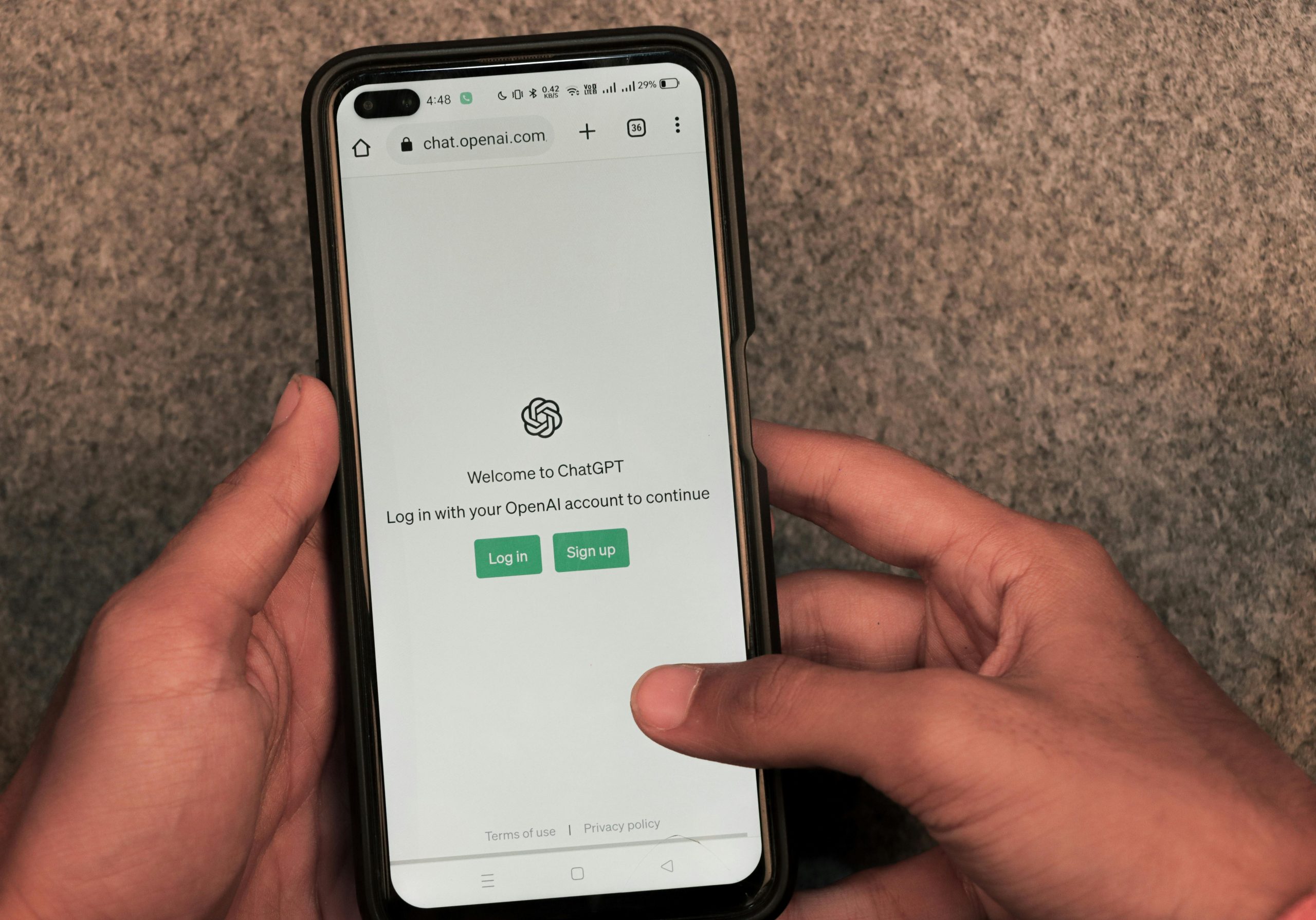Why is the no login chat gpt a year behind in tech?
Understanding the Limitations of No-Login ChatGPT in Accessing Up-to-Date Information
In recent months, AI-powered tools like ChatGPT have revolutionized how individuals seek technical support, troubleshooting advice, and software guidance. Their ability to provide instant responses has made them invaluable resources for users addressing personal and professional challenges. However, many users have observed a significant limitation: the AI’s apparent inability to recognize recent technological advancements, often lagging behind by a year or more.
Personal Experience Highlights
As an enthusiast who frequently relies on ChatGPT for hardware and software advice, I’ve found the tool to be highly effective in resolving various personal software issues. Its utility diminishes, however, when I seek information about the latest hardware releases or recent industry developments. For instance, despite the Zen 5 processors being publicly available and widely discussed in the industry, ChatGPT often fails to acknowledge their existence without extensive prompting. Similarly, for the NVIDIA Blackwell GPU series, the tool struggles to recognize these products as current or even pre-release models.
The Core Issue: Data Freshness and Model Training
The primary reason behind these limitations lies in how ChatGPT is trained and maintained. As a model based on a fixed data set, its knowledge is static and corresponds to the information available at the time of training. OpenAI’s models like ChatGPT are periodically updated, but the frequency of these updates varies, and they often do not include real-time data feeds or live internet access.
In the case of the no-login version of ChatGPT—meaning those that do not require user authentication to access—the system is typically configured for optimized performance, lower latency, and enhanced privacy. However, this setup further limits the model’s ability to fetch or incorporate the most recent data from external sources dynamically.
Why the Lag Exists
The primary factors contributing to this lag include:
-
Static Knowledge Base: The AI’s training data is static, capturing information only up to a specific cut-off date. For example, if the training data ends in late 2022, any developments after that are not reflected in the model’s responses.
-
Update Frequency: Regular updates are necessary to incorporate recent data, but these are resource-intensive and time-consuming, resulting in a lag between industry releases and AI knowledge.
-
Lack of Real-Time Data Access: No-login versions of ChatGPT lack integrated live browsing capabilities or API connections to real-time databases, which limits the AI’s ability to provide the most current information.
**














Post Comment